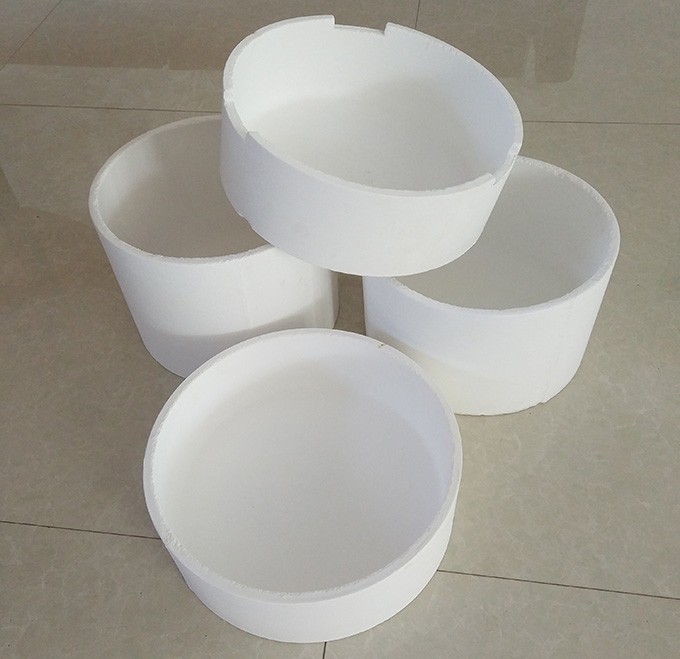

The key to the purity and quality of quartz crucibles is the raw materials used in the product. Therefore, in order to improve the purity of quartz crucibles, efforts need to be made in the selection of raw materials. Let's learn about the requirements for the use of raw materials in quartz crucibles?
The raw materials used for quartz crucibles require high purity, good consistency, and uniform particle size distribution. If there are too many impurities in the raw materials, it will directly affect the melting of the quartz crucible and the temperature resistance and peeling of the product. In severe cases, it will affect the quality of the quartz crucible.

Most impurities in quartz are associated with the formation of quartz, and quartz impurity minerals are the enrichment points of impurities. There are two main sources of impurities. One is the impurity minerals encapsulated in quartz crystals during quartz growth, mainly silicate minerals and metal oxide minerals. This type of package is divided into two types: solid and gas-liquid. Solid package bodies mainly include mica, epidote, potassium feldspar, hematite, etc; Gas liquid inclusions are mainly composed of crystalline water and gas, with the main components being CO2, H2O, H2O2, N2, CH4, CO, etc. There are fewer gas-liquid inclusions in crystals, and more in quartz, with a higher concentration of over 800mg/Kg. Another type is impurities from secondary pollution during the production process. The air, water, equipment, and operators in the production process can all cause pollution to the product, so we need to have strict requirements and control over its production process.
Through the above introduction, everyone should have a certain understanding of the selection of raw materials for quartz crucibles. The choice of raw materials directly affects the quality and purity of the product, which everyone should know. Therefore, everyone must choose carefully.